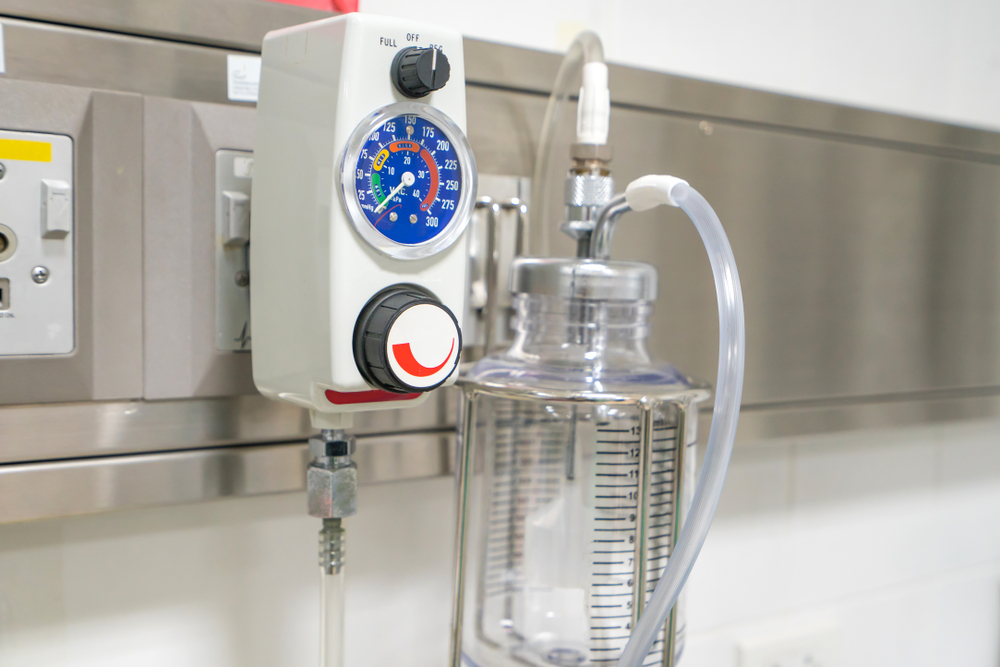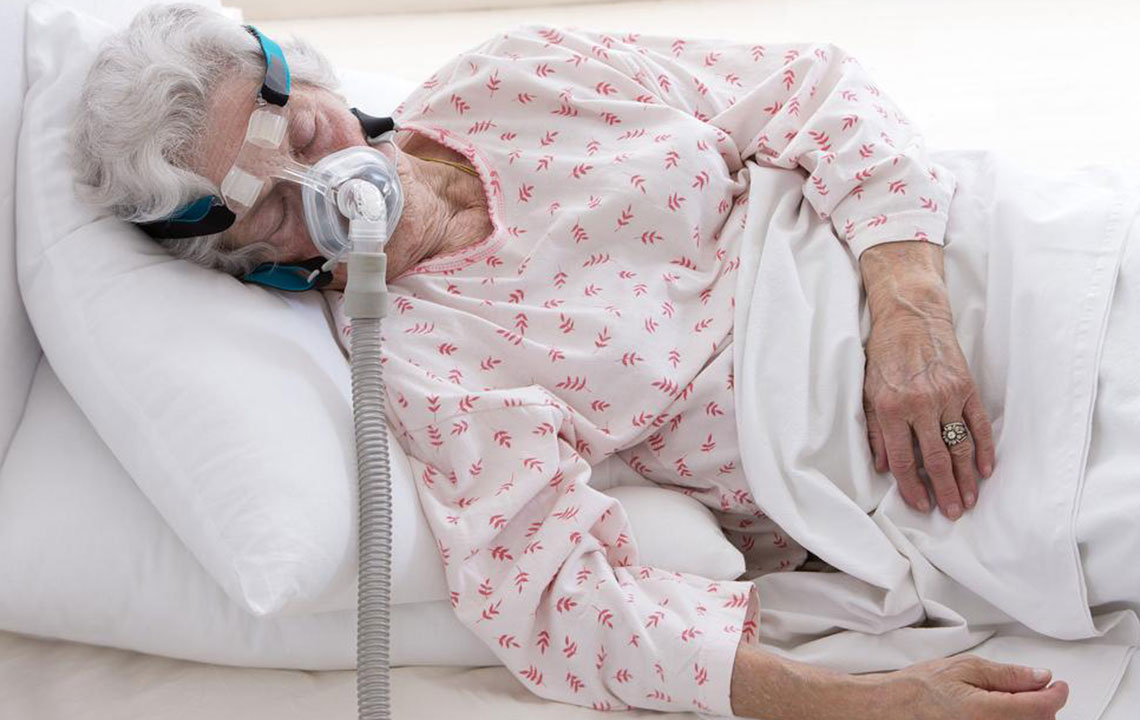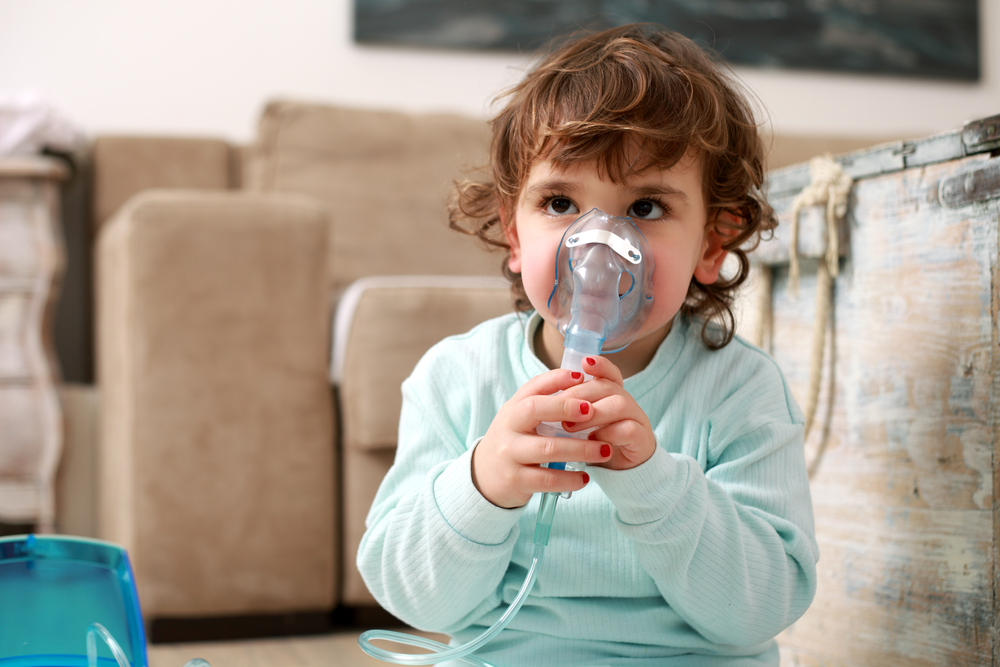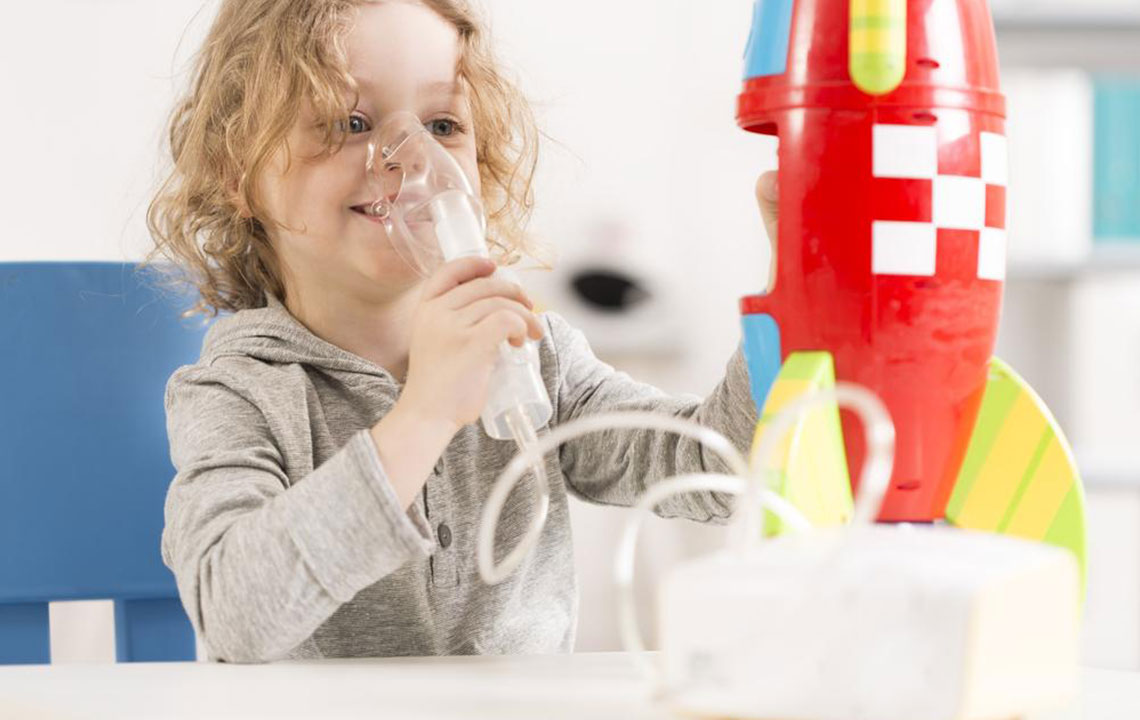Complete Guide to Portable Oxygen Concentrators: Types, Features, and Selection Tips
This comprehensive guide provides detailed information on portable oxygen concentrators, including types, key features, and critical factors for selection. Discover how these innovative devices empower individuals with hypoxia to enjoy greater mobility, independence, and safety, whether at home or on the go. Learn about popular models, their functionalities, and what to consider when choosing the right portable oxygen therapy device to suit your health needs and lifestyle demands.
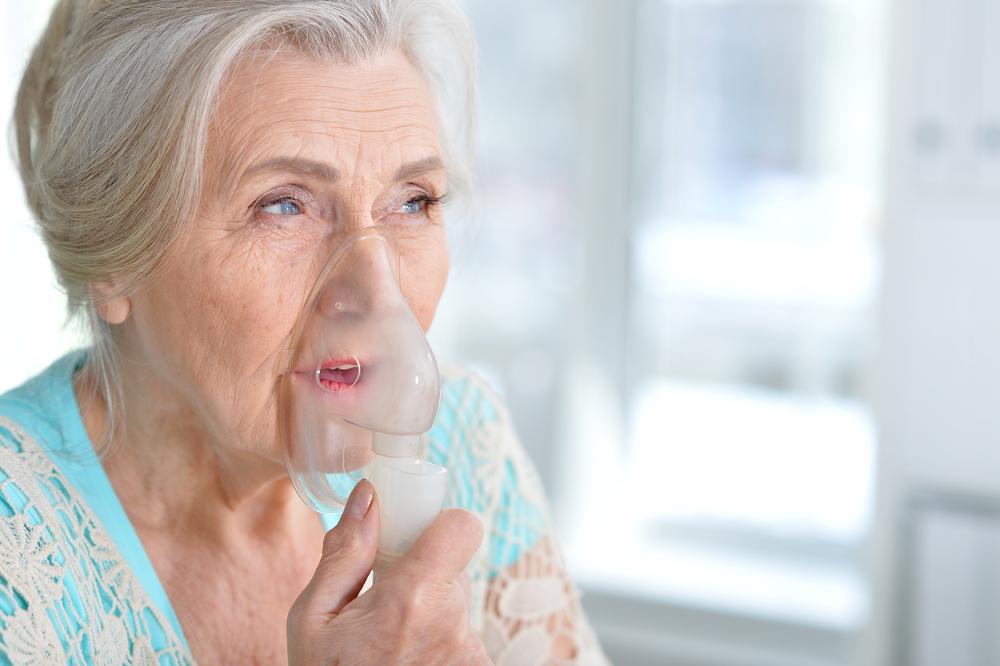
Exploring Various Types of Portable Oxygen Devices for Enhanced Mobility
Across the globe, millions of individuals live with health conditions that hinder their ability to absorb adequate oxygen from the surrounding air. This condition, commonly known as hypoxia, demands consistent or on-demand supplemental oxygen to sustain vital bodily functions. To address this need, the advent of portable oxygen concentrators (POCs) in the early 2000s marked a significant breakthrough in medical technology. These compact devices have transformed oxygen therapy by offering users greater independence, mobility, and the ability to travel effortlessly while maintaining their treatment regimen.
POCs are indispensable for individuals suffering from hypoxia, especially those who want to maintain an active lifestyle without being tethered to stationary oxygen tanks. These devices are designed for versatility, with models tailored to different levels of oxygen requirements, whether for occasional use or continuous therapy. Their lightweight and portable nature make them ideal for everyday activities, travel, and even social engagements, significantly improving users' quality of life.
Leading brands in the industry offer a range of models designed to meet diverse needs. For instance, AirSep presents three distinct options: Focus, Freestyle 3, and Freestyle 5. The Focus model is exceptionally lightweight, weighing only 1.75 pounds, making it ideal for mobile users who prioritize ease of transport. It operates with two lithium-ion batteries that provide approximately three hours of consistent power. The Freestyle 5, on the other hand, weighs about 6.7 pounds and features five pulse flow settings, with battery life ranging from 1.25 to 4.25 hours depending on the selected settings and usage patterns. All these models are approved for use on commercial airlines, ensuring safe travel without transportation restrictions.
In-Depth Look at Specific Portable Oxygen Concentrator Models
DeVilbiss iGo: The DeVilbiss iGo is a versatile POC supporting both pulse and continuous flow modes. Although it is relatively heavier at around 19 pounds, it offers excellent functionality for active users. The device's battery supports up to five hours in pulse mode and about four hours with continuous flow. However, it's noteworthy that the iGo device is not FAA-approved, limiting its use during air travel.
Inogen One Series: Among the most popular options, the Inogen G2, G3, and G4 series provide a broad spectrum of features suited for various lifestyles. These models typically weigh between 2.8 and 8.23 pounds, making them exceptionally portable. They boast battery life spans ranging from four to eight hours, enabling extended outdoor activities without recharging. The Inogen series primarily uses pulse dose technology but also offers some models with continuous flow capabilities. All of them are FAA-approved and come with three-year warranties, reassured by reliable manufacturer support.
Other Notable Devices: Several additional models stand out in the market for their specific features and adaptability. The LifeChoice ActivOx Pro 4L weighs about 4.8 pounds and features a large battery that lasts up to 10 hours, suitable for long trips or extended periods away from power sources. Invacare's Platinum Mobile offers an impressive battery life of up to eight hours, catering to users with high oxygen demands. GCE's Zen-O and Zen-O Lite models provide both pulse and continuous modes, with weights ranging from 5.5 to 10.25 pounds, ensuring flexibility for various patient needs. Respironics' SimplyGo and SimplyGo Mini are tailored for users requiring flexible oxygen delivery options, weighing 10 and 4.5 pounds respectively. SeQual's eQuinox and Eclipse 5 models feature both operation modes, with weights reaching up to 18.4 pounds and battery endurance of up to five hours, making them suitable for various active lifestyles.
Choosing the most suitable portable oxygen concentrator involves careful assessment of personal health requirements and lifestyle preferences. Consulting healthcare professionals, reviewing technical specifications, and understanding features are critical steps in ensuring safety and optimal therapy effectiveness. Proper device selection can significantly enhance mobility, independence, and overall well-being for individuals with oxygen needs.
